21 TECHNOLOGICAL INVENTIONS AND DISCOVERIES THAT REVOLUTIONIZED THE WORLD
From time immemorial, Man has always sought for newer, better, faster and cheaper ways of doing things. Most times, it required technology. Some inventions were pioneered by individuals while others were by teams or research departments in large companies. A lot of inventions are outdated, for example the Telegraph, Telex and Phonographs, while others have evolved into something bigger and better. Examples are Computers, Airplanes and Cars. For this article, we are going to include only inventions that are regularly in use today and have a large number of users directly or indirectly around the world.
21 X-RAYS:
X-rays were accidentally discovered by Wilhelm Conrad Rontgen, a German Physicist in 1895 while he was experimenting with electric currents through cathode-ray tubes. He would eventually win the first Nobel Prize in Physics in 1901 for this important discovery. X-rays have changed the world since then. They are used for imaging, diagnosing and analyzing bones, teeth and other organs in the human body.
It is also used to check for bacterial infections such as tuberculosis. In surgery and tumor removal, X-rays are used to monitor the location of medical instruments. It is used in Airports for advanced security checks for scanning luggage. It has a lot of uses in industry. It is used to detect faults and cracks in metals, for checking material defects in building parts. It is used to check for the originality of valuable artwork and verify fossils and archaeological objects.
20 RADIO WAVES:
Scottish physicist James Clerk Maxwell first predicted radio waves in the year 1867 when he noticed the wave-like properties of light as well as some similarities in their electrical and magnetic characteristics. He propounded a mathematical theory called Maxwell’s Equations which explained radio waves.
Another physicist, Heinrich Heinz, a German carried out an experiment that showed that radio waves exhibited the properties of electromagnetic waves. Radio waves have a number of uses in FM and AM radio broadcasts, Mobile phone communication, underwater communication, Microwaves, TV broadcasts, Push-To-Talk (PTT) devices, Wi-Fi, Bluetooth, GPS signals, Radar (Radio Detection and Ranging), Satellite communication and many other uses.
19 DRONES:
Also known as Unmanned Aerial Vehicles (UAV), drones are a form of self-piloted aircraft. They are usually controlled remotely on by in-house, programmed computer devices. They were originally used for military applications but now haves a diverse number of uses. They were used primarily to bomb and destroy targets via air strikes as well as military spying and surveillance.

credit: pexels
Outside the military, are used as follows: in agriculture for applying fertilizers, planting seeds and harvesting produce; in ecommerce for delivering products, in photography for capturing aerial view and taking pictures of amazing geography. They are also used for surveying and film making. In disaster management, they are used for firefighting, information gathering and distributing safety devices. They are also used for wildlife management, monitoring and poaching prevention. They find uses as well in crime fight, law enforcement, border control and peace keeping.
18 FRIDGES AND REFRIGERATION:
Refrigeration involves the transfer of heat from a low temperature reservoir to a high temperature reservoir through a number of means which is usually mechanical. Refrigeration dates back to 1755 when a Scottish Professor by the name William Cullen created a very basic refrigerator.
Many other scientists, engineers and inventors have since worked on it, improving it to what we have today. The concept of refrigeration can be applied to fridges, air conditioners, industrial freezers, cryogenics, etc.
17 RAILWAYS AND TRAINS:
Railway transportation involves the use of rail tracks and trains to move and transport people and goods between places. Railway transportation has a long history and has evolved to what we have as high speed trains. The earliest trains were pulled by animals in Greece in the 6th century. In the 19th century, with the invention of the steam engines by George Stevenson, steam locomotives became popular in Great Britain.
The development of the locomotive train further advanced the industrial revolution and made it much easier to transport goods and people which made reduced the cost of transportation. Today, railway transportation has been developed so much that there are more than a billion people around the world who rely on it daily for commuting.
16. ELECTRONIC CALCULATORS:
Electronic calculators are handheld devices used to perform mathematical and arithmetic operations. Electronic calculators date back to the early 1960s following the popularity and advances of solid states electronics. More complex calculators have been built then that allowed users to carry out more advanced arithmetic and mathematical operations.
15 LASERS:
Laser is an acronym for Light Amplification by Simultaneous Emission of Radiation. Lasers are created when light is optically amplified following simultaneous emission of radiation. That is, electrons in the atom adsorb energy from electrical current or another laser and become excited and hence move from a lower energy level to a higher energy level. When the electrons return to their initial ground state, photons or light particles are emitted. Lasers were first created in 1960 at the Hughes Research Laboratory in the United States by Theodore H. Maiman, a Physicist and Engineer.

credit: free image by NASA
Lasers find uses in diverse fields including science, electronics, medicine, military warfare, law enforcement, entertainment, industry and communications. Lasers are used in Fibre Optic communications, barcode scanners, laser printers, hair removal, industrial cutting, fingerprint detection, missile defense, metal treatment, thermometers, holograms, optical discs, lightning displays, laser surgery, destruction of cancer cells and tumors, and many other important areas. The invention of Lasers have truly been revolutionary.
14 TELEVISONS:
Televisions are electronic devices that are used to interpret transmitted moving images with sound or videos. Televisions era extremely popular in today’s culture and more than 5 billion people watch TV around the world. TVs revolutionized the world so much. Most people in today’s world grew up watching TVs.
13 TRANSISTORS:
Transistors are semiconductor devices which are used to amplify electrical quantities like current in a circuit. They were invented by 3 American Scientists William Shockley, John Bardeen and Walter Houser Brattain in 1947. Transistors are very ubiquitous in today’s world even though we may not see them always. Some electronic devices over 1 trillion transistors within the different integrated circuit they are comprised of.
Advances in transistors led to the development of the electronic industry and computers. Transistors revolutionized the world by making electronic devices faster, cheaper, smaller, better and safer.
12 ROBOTS:
Robots are programmable machines that have the ability to carry out specific number of functions or work according to its design and programming. Robots come in different forms, shape and sizes. They also have different abilities as specified by their designers. Some robots are humanoids while others are just merely machine parts that do specific work.
11 DIGITAL CAMERAS:
Digital camera usage around the world is undeniably high. Almost everyone have been captured digital camera at one point in time or the other. The first digital camera was built at the Eastman Kodak company in 1975 by Steven Sasson, an Engineer. At first, digital cameras found applications in the Military, Medicine and Scientific research. At present, digital cameras have advanced and come in different forms. They can be implanted in various devices like Smartphones, CCTVs, Drones, Cars, etc.10 LEDs:

credit torange
LED is an acronym for Light Emitting Diode. A light emitting diode is a semiconductor device that emits light when its p-n junction is activated by passing suitable electric current. LEDs have revolutionized the lighting industry. They are also very energy efficient and have fewer environmental concerns. They are smaller, faster and consume less energy than their alternatives. LEDs are used in a wide range of applications. They are used in aviation lighting, advertising, electronic indicator lights, car headlamps, traffic signals, camera flashes, medical devices, decorative lighting and many others.
9 AIRPLANES:

credit: pixapay
Though several attempts have been made to create a “flying machine” centuries ago, the Wright brothers, Orville and Wilbur Wright were credited with the invention of the Modern Airplane in 1903. The earliest Airplanes were very crude, unstable and could not fly for long. Over the decades, there have been a lot of improvements in Airplane design and production. The World War 2 particularly drove the development of better and smarter aircrafts. Aircrafts are now a major source of transportation with more than 3.8 billion travels in 2017 according to the International Air Transport Association (IATA). According to airlines.net, the total number of commercial and military airplanes in the world is 39,000 and more than 150,000 planes have been used over the course of history.
8 AUTOMOBILES:
Automobiles are wheeled vehicles used to transport humans and goods. The history of automobiles dates as far as 1808 when Francois Isaac de Rivaz designed the world’s first car powered by hydrogen-fueled internal combustion engine. In 1870, Sigfried Marcus built the world’s first car powered by gasoline-based internal combustion engine. In 1885, German Engineer and designer, Karl Benz designed and produced a gasoline powered car which became replicated with several other copies that are identical.
The defining moment for the automobile industry was in 1903 when Henry Ford of the Ford Motor Company designed the Model T which is the first mass-produced vehicle and sold more than 15 million units. Cars have revolutionized the world and changed the way humans move and commute. There are more than 1.2 billion cars in use according to Ward’s Auto, an industry journal. A lot of advances in automobiles are either in existence or being developed. They include hybrid powered cars, bio-fuel powered cars, electric-battery cars, hydrogen powered cars, self-driving cars and flying cars.
7 BATTERIES:

credit: flickr
Millions of electronic and mechanical devices exists that depend on a power source in form of electricity to be used. Batteries provide this power for most devices. Batteries are used as a back-up power source even in devices that can be power by electricity from a.c mains. Electric batteries have electrochemical cells with terminals called the anode (negative) and cathode (positive) and electrolytes that move as ions between the terminals. There are rechargeable and non-rechargeable (single use or disposable) batteries. Batteries have changed the way or devices are powered. They aided for the growth and popularity of smartphones, tablets and laptop computers. Millions of people in areas that are not connected to a power grid depend on batteries to power their devices.
6 SOLAR CELLS:
Solar cells also known as photovoltaic cells are electrical devices that converts light energy into electricity through a process known as the photovoltaic effect. When units of solar cells are combined, they form solar modules. Solar cells/panels are used to charges batteries which are used to power homes, offices and buildings. A combination of modules gives a solar panel whose combination in turn is called a solar array. The world’s first photovoltaic cell was built by Edmond Becquerel in 1839.
Several improvements and advances have been effected since then. Solar energy has revolutionized the global energy landscape and is seen as a reliable source of renewable and green energy. Today, solar energy has a worldwide generating capacity of 308 GW.
5 COMPUTERS:
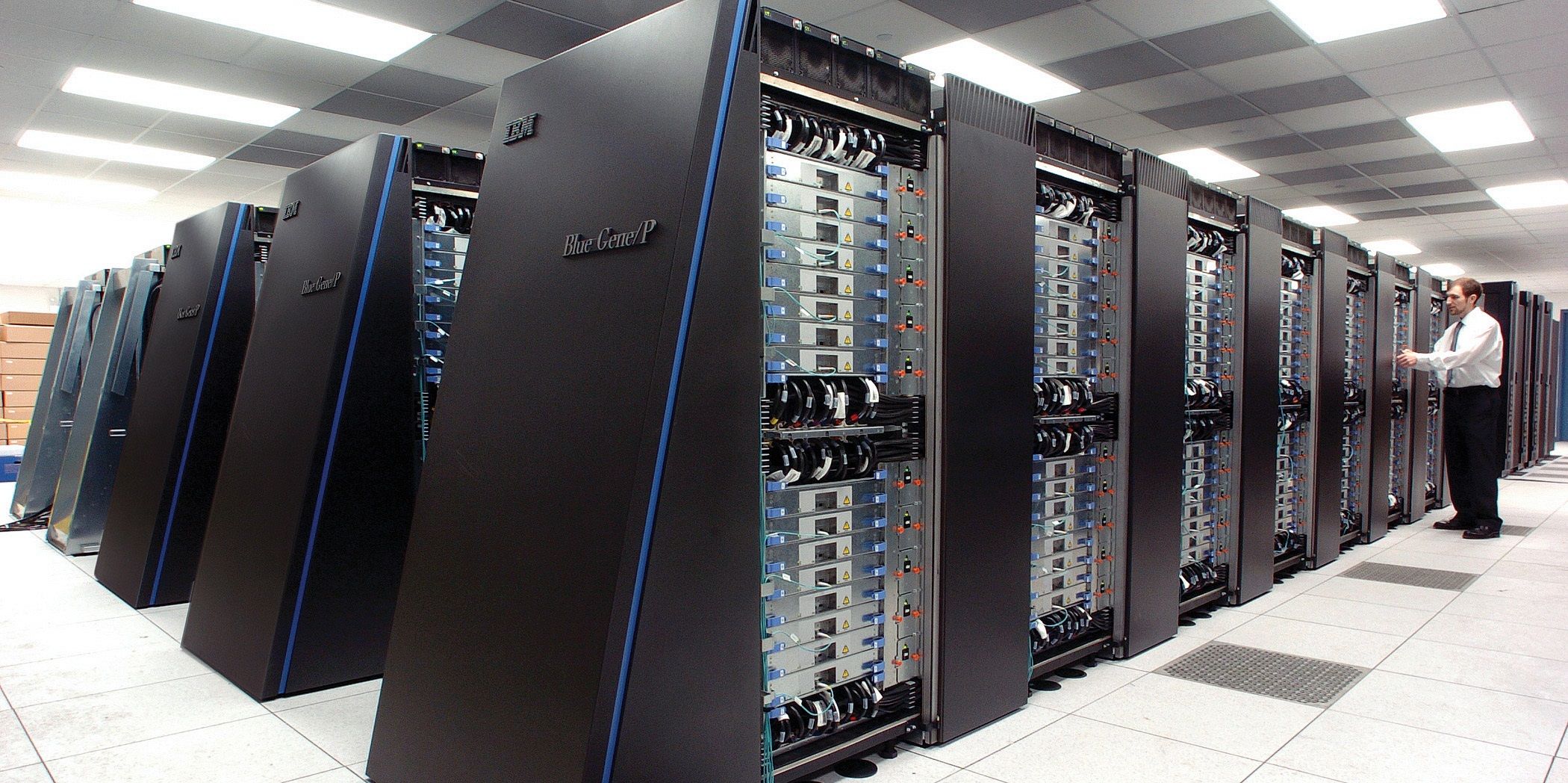
credit: wikimedia
Computers are electronic devices that are used for data and information processing, manipulation and storage and for running various programs, tasks and applications. They are used for several applications in different industries, organizations, workplaces, homes, schools and offices. They are revolutionary and have changed the way humans carry out tasks. Some computers are able to eliminate the need for humans in some cases. Computers basically consist of a processing element usually a CPU and a form of memory.
The use of computers can be traced to ancient times when the Abacus was used. Several other types of computers, mainly mechanical in nature have been developed in the course of history but modern computers evolved following the invention of the vacuum tubes in 1904 by John Fleming. The invention of transistors in1947 made computers smaller, faster, cheaper and more energy efficient. The development of integrated circuits pushed the advances further. Since then, there has been a rapid growth in the development and adoption of computers and more development is on the way.
4. TELEPHONES, MOBILE PHONES AND SMARTPHONES:
In 1876, Alexander Graham Bell was granted patent in the United States for the telephone. On the 10th of March 1876, the first telephone call was made by Alexander Graham Bell to his assistant, Thomas Watson. Since then, there have been several advances and “firsts” in telephones and communications.
The first handheld Mobile phone was unveiled by John Mitchell and Martin Cooper of the Motorola Company in 1973. The Motorola DynaTAC 8000X is the first commercially available cellular mobile phone in 1984. Companies such as Nokia and Motorola were market leaders in the Mobile Phone market which was eclipsed by the smartphone market.
A smartphone is a handheld, pocket-sized mobile phone/personal computer having an operating system and cellular network connection and many other features like Wi-Fi, internet data integration, higher processing capacity and memory, etc. Smartphones have been a game changer in the tech world. They led to the creation of many allied industries that supports them. For example, mobile app development, smartphone accessories, application stores, smart phone repairs, etc. The use of smartphones has led to the increase in global data usage. There are Smartphones has made computing capability and connectivity available to close to 3 billion users around the world and has made the world seem closer and more connected.
3 THE WORLD WIDE WEB:
The World Wide Web (WWW) is an interconnection of public websites, online content, resources and shared information which are identified by Uniform Resource Locators (URLs), controlled by the Hyper Text Transfer Protocol (HTTP) and exist on the internet. It is used for information sharing and networking. The World Wide Web (WWW) was invented by English scientist, Tim Berners-Lee in 1989. The World Wide Web has created an information revolution and has made information sharing easy and possible to a large scale.
2 THE INTERNET:
The internet is a worldwide system of interconnected computer networks that make use of the Internet protocol suite, that is, the TCP/IP to link computers, servers and other devices. Services that can be accessed through the internet includes the World Wide Web, emails, telephony (internet telephony) and file sharing. Just like the World Wide Web, the internet has revolutionized information sharing around the world.
It has changed the way people live, work and communicate. It has led to the establishment and growth of some industries like online news services, ecommerce, instant messaging, online advertising, email services, online video streaming, digital marketing, online gaming, internet banking, online money transfer, etc.
1 ELECTRICITY:
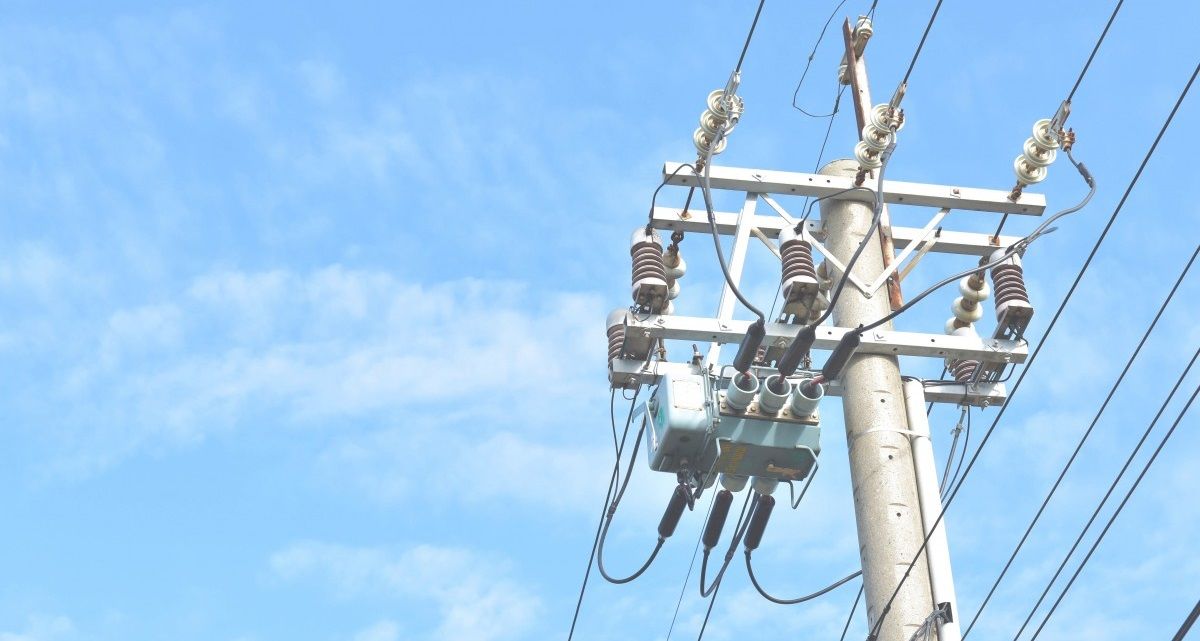
credit: pxhere
Electricity is said to be the life blood of civilization. Electricity powers devices, machines and infrastructure around the world. The modern world can hardly exist without electricity. The concept of electricity or electrical current has been in existence for centuries but the involvement of Michael Faraday, Alexandro Volta, Nikola Tesla, Thomas Edison, Alexander Graham Bell, George Westinghouse and many others brought more insights into the nature, use and use of electricity. Electricity has revolutionized the world so much and has made many other inventions possible.
References
1 2 3 4 5 6 7 8 9 10 11 12 13 14 15 16 17 18 19 20 21
If you write STEM (Science, Technology, Engineering, and Mathematics) related posts, consider joining #steemSTEM on steemit chat or discord here. If you are from Nigeria, you may want to include the #stemng tag in your post. You can visit this blog by @stemng for more details. You can also check this blog post by @steemstem here and this guidelines here for help on how to be a member of @steemstem.

))
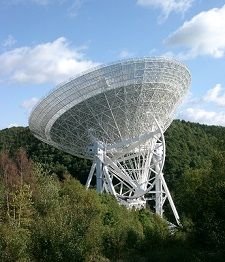))
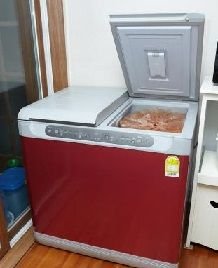))
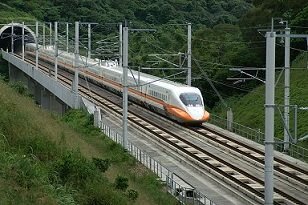))
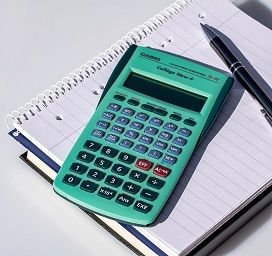))
))
))
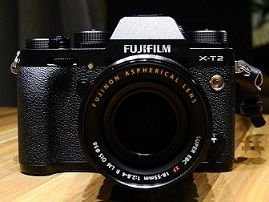))
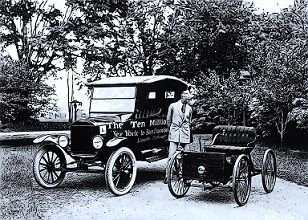))
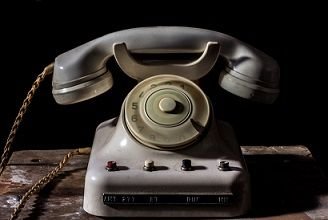))
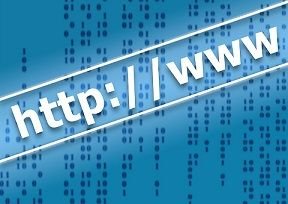))
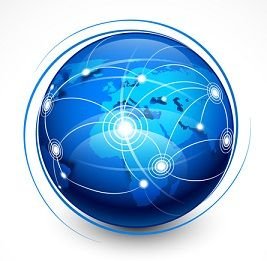))
Electricity is really the "life blood wire" of modern civilization.
Nice one @prettyprecy
That's true, it controls almost all aspect of civilization
Thanks for the contribution
You went all out with guns blazing on this one. Good job here and thank you for sharing.
Thanks boss, I'm still learning to be like you guys.
took me time to finish reading up but i Ilove the tone of the post. Nice one.
Yeah, it's a bit long. Glad you found it interesting
Thanks
Hi @prettyprecy : Nice post. One typo I want to mention. You have mentioned CC0 as CCO licensing. Maybe you want to correct it? Thanks.
ok thanks, corrections made
Congratulations @prettyprecy, this post is the second most rewarded post (based on pending payouts) in the last 12 hours written by a Dust account holder (accounts that hold between 0 and 0.01 Mega Vests). The total number of posts by Dust account holders during this period was 11056 and the total pending payments to posts in this category was $1252.71. To see the full list of highest paid posts across all accounts categories, click here.
If you do not wish to receive these messages in future, please reply stop to this comment.
These are top inventions that have truly changed the world.. Took me time but eventually i read it all.. And electricity being number 1 that is so much correct.. Nice article.
That's true
Thanks for commenting
Quite some shifts you put in this one. Very good effort, well crafted and organized. More of this in your future posts and do feel free to join the steemstem community on discord.
Thank you sir, I hope to be better.
And yes I'll join
Resteemed your article. This article was resteemed because you are part of the New Steemians project. You can learn more about it here: https://steemit.com/introduceyourself/@gaman/new-steemians-project-launch
Being A SteemStem Member